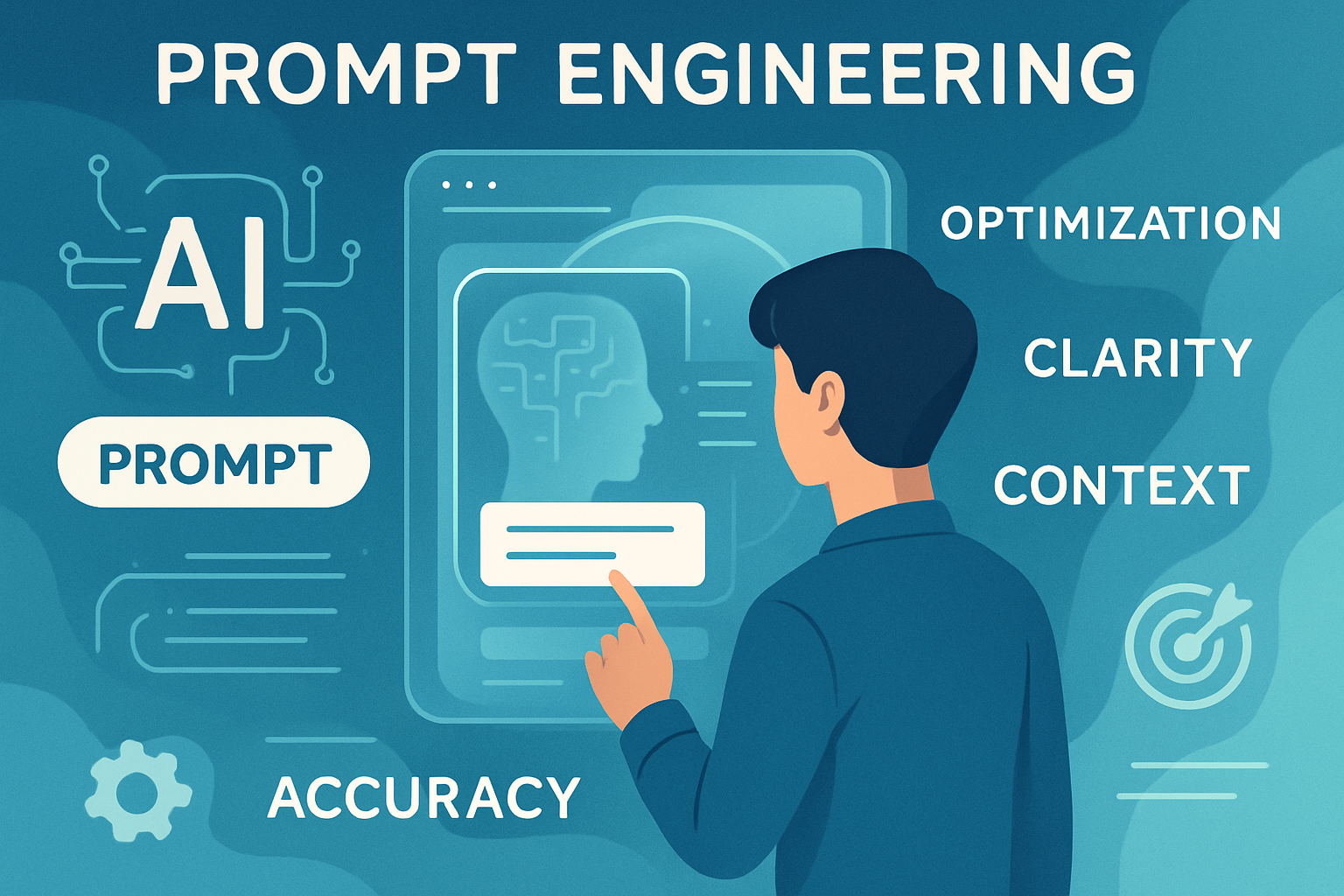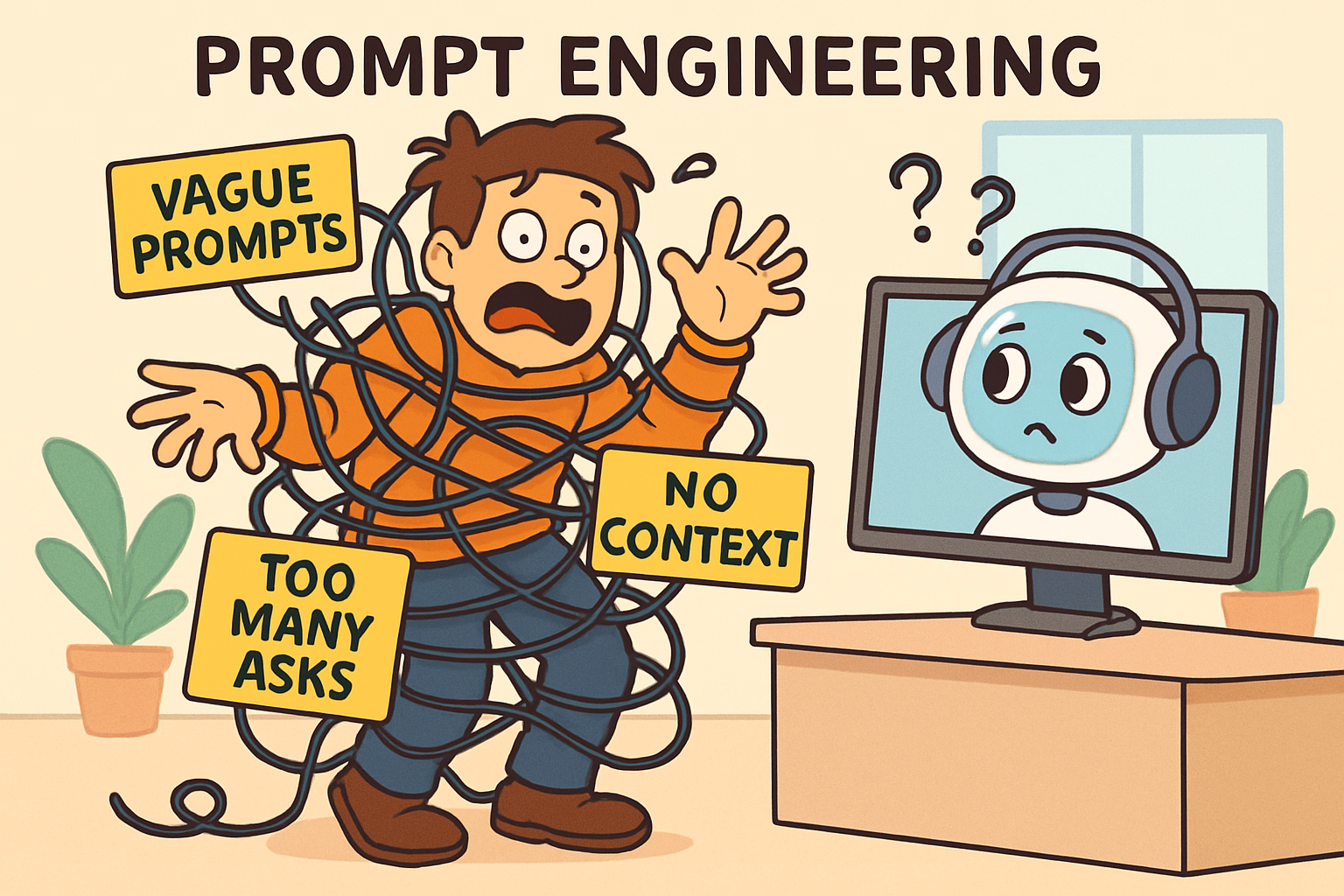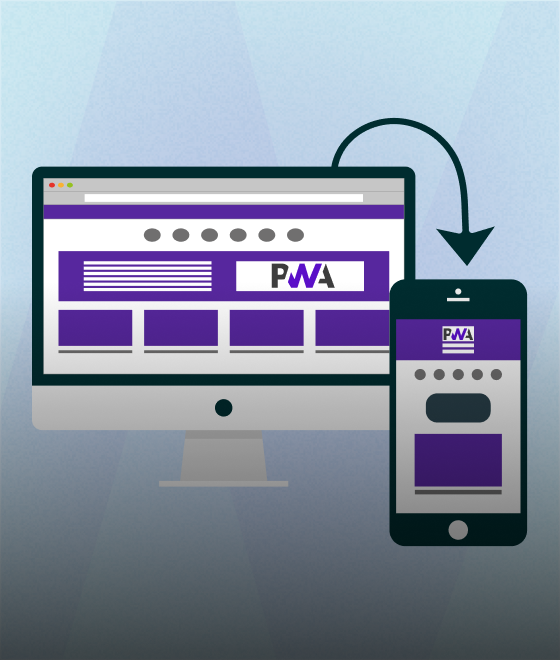What Is Prompt Engineering?
Have you ever wanted to interact with a cutting-edge artificial intelligence model and get exactly the response you were wishing for? That’s the skill of prompt engineering, a discipline focused on crafting input prompts for large language models (LLMs) such as ChatGPT, Claude, GPT-4, or the latest Llama and Palm models. By understanding tokenization, transformer architecture, and embeddings, you can guide your neural network assistant to deliver precise answers for any domain or request.
Why Does Prompt Engineering Matter?
In today’s world, generative AI models rely on the quality, clarity, and structure of prompts to provide valuable outcomes. Leveraging prompt templates, retrieval-augmented generation (RAG), and reinforcement learning ensures that your machine learning model produces not just any response, but one that is optimized, aligned, and actionable. Prompt optimization and prompt calibration now sit at the heart of successful AI deployment and user satisfaction.
The Basics of AI Prompts

Types of Prompts: Open-Ended vs Specific
You can design prompts as open-ended to spark creativity (“Tell a story”), or craft specific prompts (“List three research-backed benefits of exercise for seniors”) that focus the LLM output. Understanding how prompt chaining, prompt stacking, and prompt modularity work helps you build complex, multi-stage workflows.
Common Mistakes Beginners Make

Beginners often:
- Use vague prompts, lacking explicit context (e.g., “Discuss cats,” but are we asking about pet care or cat programming libraries?)
- Stack multiple requests without workflow integration or prompt modularity
- Miss opportunities for concrete examples, constraints, or explainability Utilizing prompt diagnostics, performance metrics, and even an interactive demo can accelerate mastery.
Key Concepts in Prompt Engineering
Understanding AI Model Capabilities
Every LLM (from GPT-4 to Claude 3 to Palm) boasts different architecture, context window sizes, and performance characteristics. Some excel in few-shot learning and zero-shot learning. Advanced models leverage retrieval-augmented generation (RAG) and have features like memory adaptation and in-depth user profiling.
The Role of Context in Prompting
Context is absolutely essential. Provide chat history, leverage persona adaptation, or define the use of a multi-intent prompt. Advanced LLMs can manage cross-lingual prompts and custom business logic within their context window.
Clarity and Conciseness
Your prompts should use clear bullet points, lists, or stepwise instructions. For more complicated tasks, build upon chain-of-thought prompting, prompt stacking, and prompt chaining for modular and logical outputs.
Crafting Effective Prompts
Techniques for Structuring Prompts
Pair prompts with benchmarking suite examples, define formatting with constraints (“output as markdown table”), and specify output length or precision. Use a user feedback loop to drive iterative improvement.
Personalizing Prompts for Better Results
Apply fine-tuning, user profiling, and advanced personalization so that prompts feel customized for educators, marketers, developers, or any target audience.
Advanced Prompt Engineering Practices
Chain-of-Thought Prompting
Request the LLM to “reason step by step,” leveraging chain-of-thought approaches for better explainability and problem-solving.
Few-Shot, Zero-Shot, and Prompt Tuning
- Zero-Shot: Instruction only
- Few-Shot: Supply sample Q&A for style calibration
- Prompt Tuning: Adjust prompt fragments at a granular level, using reinforcement learning and output analysis for continuous improvement
Iterative Prompt Refinement and Diagnostics
Embrace A/B testing, benchmarking with prompt diagnostics, and detecting adversarial prompts or anti-patterns by analyzing results with a benchmarking suite and user studies.
Industry Use Cases
Content Creation
Use prompt repositories and prompt templates for rapid production of articles, scripts, and creative assets. Connect with the community certification programs to validate your practices.
Prompting for Coding and Technical Tasks
Capitalize on IDE plugins, API integrations, and automation pipelines for debugging, code generation, or technical QA.
Data Analysis and Research
Tasks like dataset curation, annotation, performance metrics tracking, and extracting business impact/ROI are streamlined with robust prompt workflows.
Domain-Specific Examples
Handle regulated industry requirements with privacy, regulation, and legal compliance built into your prompts. Add copyright controls, and prioritize inclusivity and accessibility.
Evaluating and Improving Prompt Quality
Metrics for Success: Accuracy, Relevance, Fluency
Regularly measure results with model benchmarking, looking at accuracy, relevance, fluency, and using a benchmarking suite for comprehensive evaluation.
Handling Errors, Biases, and Hallucinations
Address AI hallucination, bias, and unreliable outputs with strong moderation, proactive bias mitigation, and robust fallback mechanisms.
Tools, Libraries, and Resources
Leverage tools like OpenAI Playground, PromptBase, API integrations, browser extensions, advanced diagnostics libraries, and participate in community best practices and certification courses.
Ethical Considerations and Safety
Build prompts with clear guidelines on hate speech, regulatory compliance, and ethical boundaries. Strengthen trust with explainability metrics and continuous improvements in ethical design.
The Future of Prompt Engineering
Expect advances driven by deep learning, larger context windows, AGI, adaptive prompt composability, broad workflow integration, and greater model scalability.
Conclusion
By embracing these advanced macro and micro semantic words and techniques, you ensure your prompt engineering strategy is comprehensive, future-ready, and robust for any LLM or business context.




.svg)

.svg)



.svg)

.svg)

.png)
.png)








.png)
.png)
.png)
.png)
.png)
.png)



